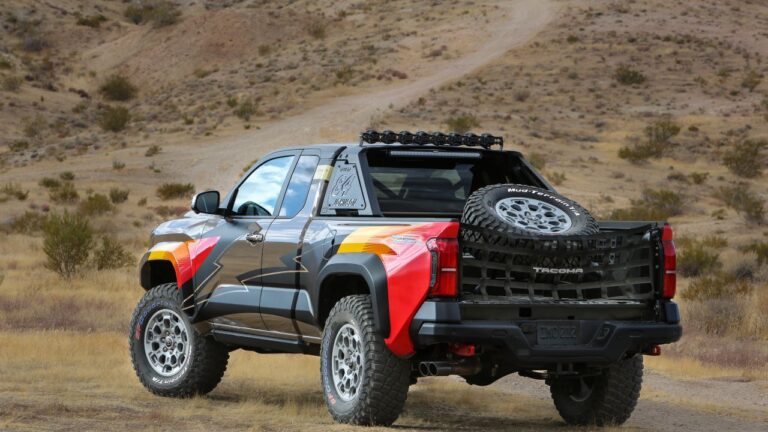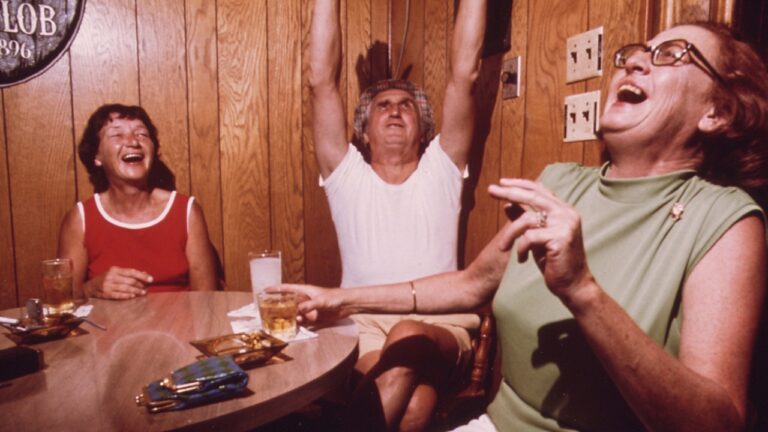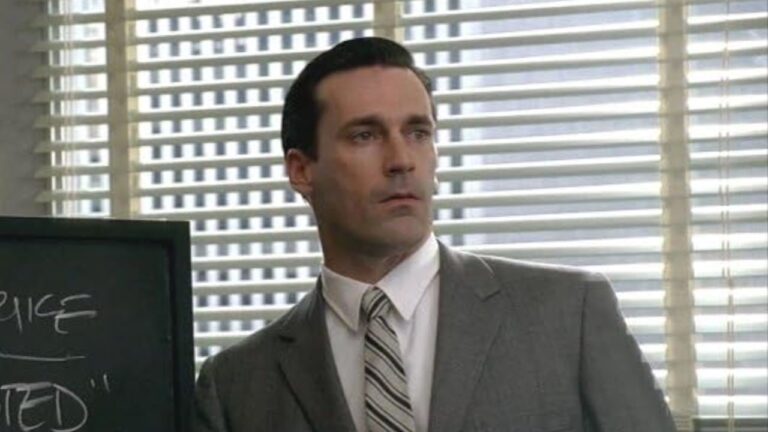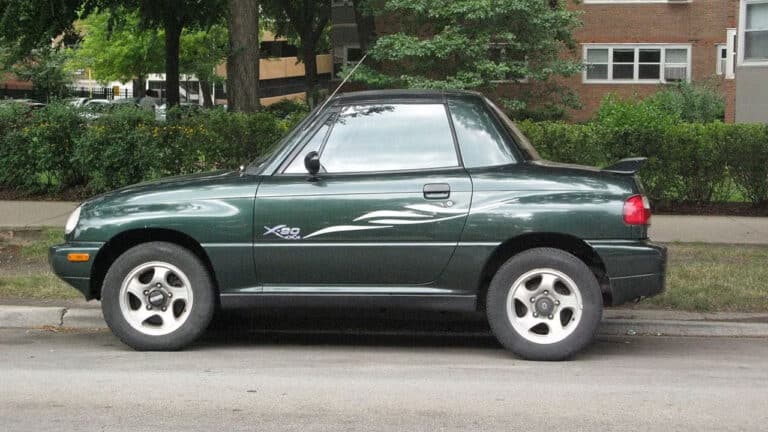13 American Cars From the Malaise Era That Weren’t All Bad
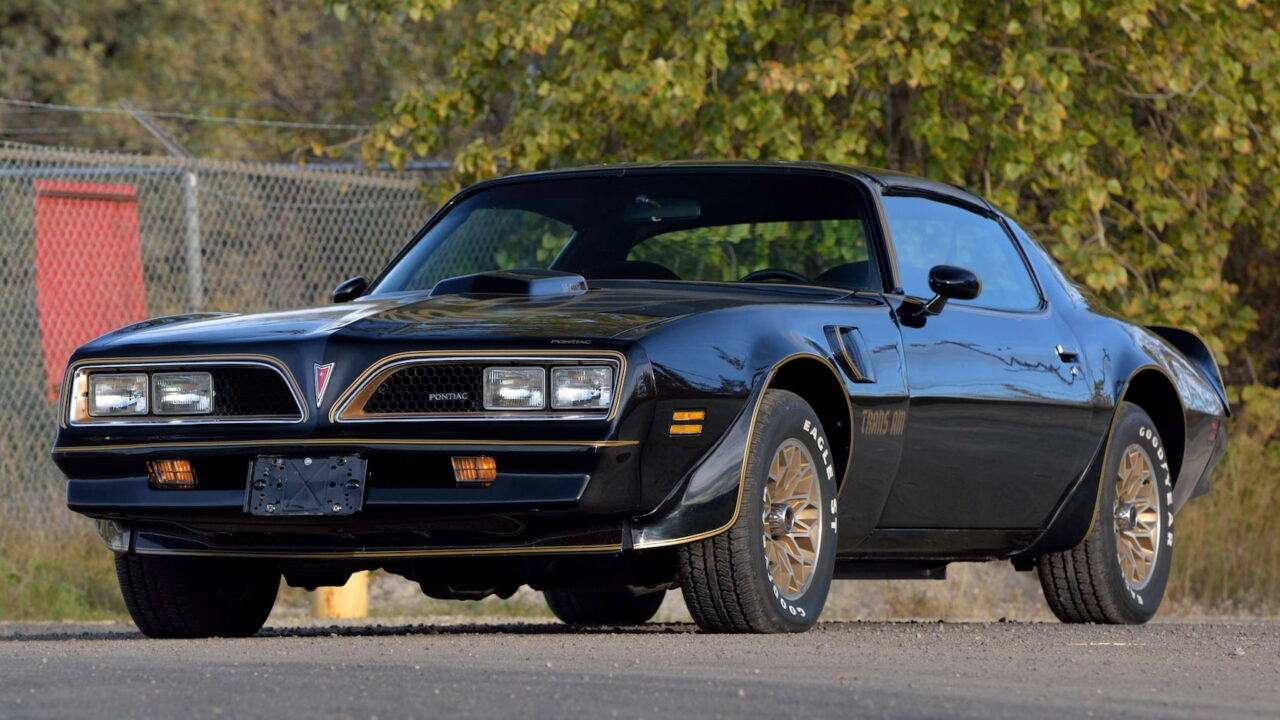
American car manufacturers pushed the boundaries of performance throughout the 1960s and into the 1970s, but it came to an abrupt end in 1973.
That year marks the beginning of the infamous Malaise Era, a dark period in the American automotive industry that lasted until 1984.
While ugly designs, underpowered engines, high insurance rates, tightening emissions standards, and an oil crisis all came together to create the perfect storm of automotive misery, there were some cool cars built during this era, too.
1973 Chevy Corvette 454
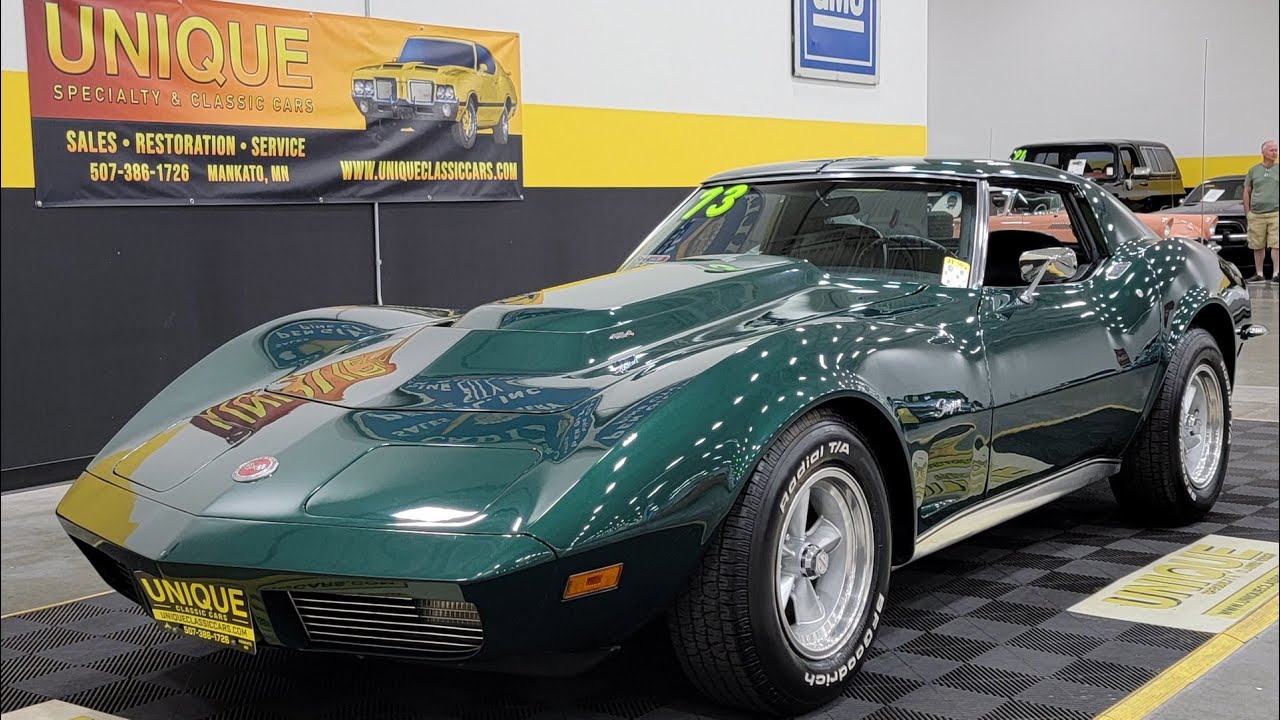
In 1973, Chevrolet still offered the Corvette with its 454 LS-4 big-block V8. Pumping out a respectable 275 hp, 15% of ‘Vette buyers were convinced to opt for this massive lump.
All ‘73 454 ‘Vettes also featured a new cowl induction hood, which helped increase power, resulting in faster acceleration. In 1974, the 454 lost some horses, and by 1975, the big block option was off the table.
1973 Pontiac Firebird Trans Am SD-455

By 1973, the muscle car segment was practically dead, but Pontiac’s Firebird still had some fight left in it. Sales were slow, but GM execs agreed to pump up the Trans Am trim’s power to a more respectable number of horses in an attempt to attract customers.
That resulted in the Pontiac Firebird Trans Am SD-455. It wasn’t just the fastest pony car of 1973, this beast packed more power than the Chevy Corvette. Its 290-hp 455 cu-in mill wasn’t your average run-off-the-mill production engine; this was a race-derived unit stuffed with high-performance parts and the highest-rated Detroit V8 available in ‘73 and ‘74.
1974 Plymouth Barracuda
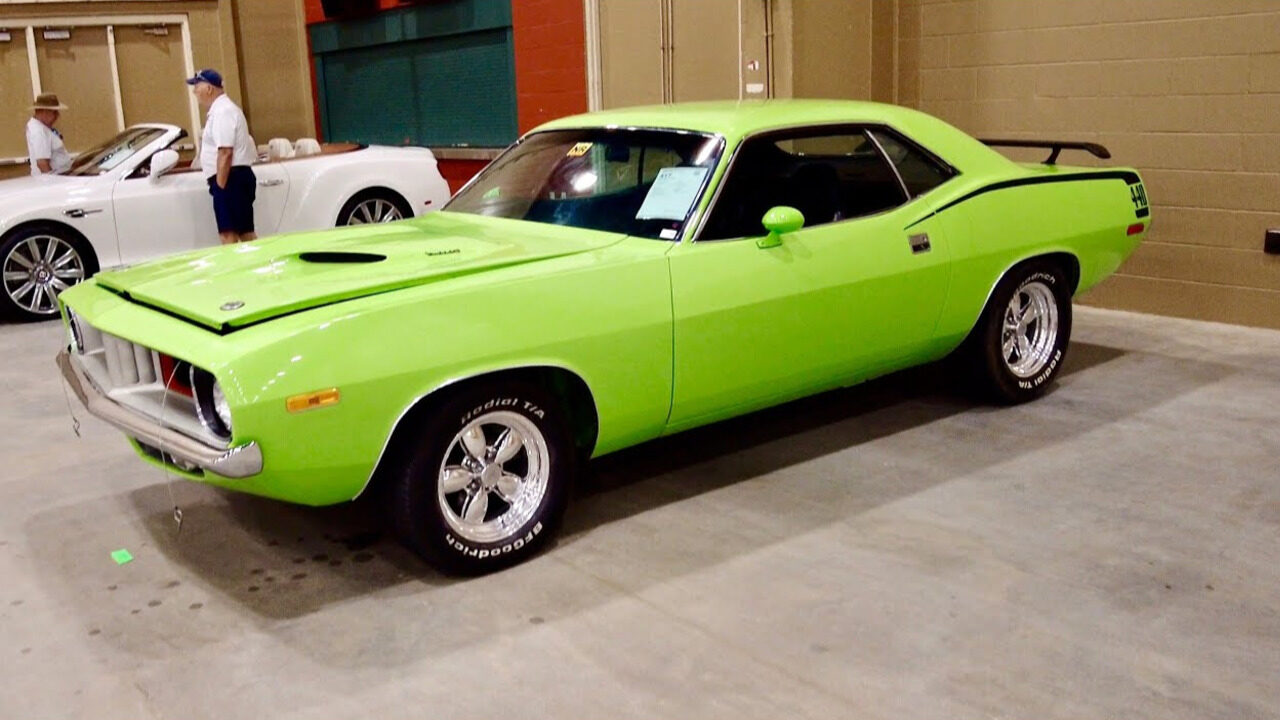
Design-wise, the 1974 Plymouth Barracuda looked the same as it did before, and it was even available with V8 engines. Unfortunately, the 426 Hemi and 440 units were nowhere to be found.
Barracuda buyers could choose the standard 150-hp 318 V8 and a 360 with 245 hp was available as the only performance option. At this point, car buyers were moving towards more fuel-efficient models, and Plymouth couldn’t even sell 12,000 ‘Cudas in 1974.
1974 Pontiac GTO
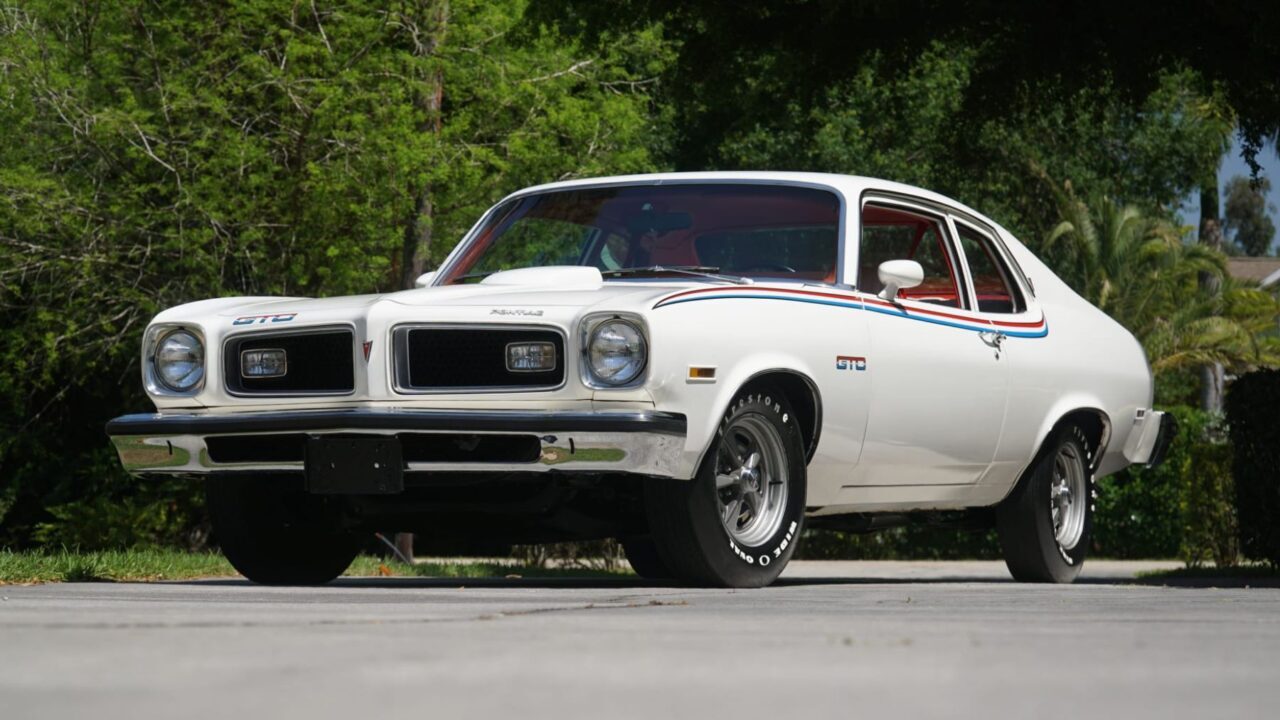
The 1964 Pontiac GTO is usually credited as the car that started the muscle car craze. Just a decade later, the GTO was reduced to a Pontiac Ventura trim level, and the Ventura was just a rebadged Chevy Nova.
It was only available with a 350 V8 that generated 200 hp, and it could be mated to an optional four-speed manual with a Hurst shifter. The Pontiac GTO was discontinued after the 1974 model year, but it did reappear for a couple of years in the mid-2000s as a badge-engineered Holden Monaro.
1974 AMC Javelin
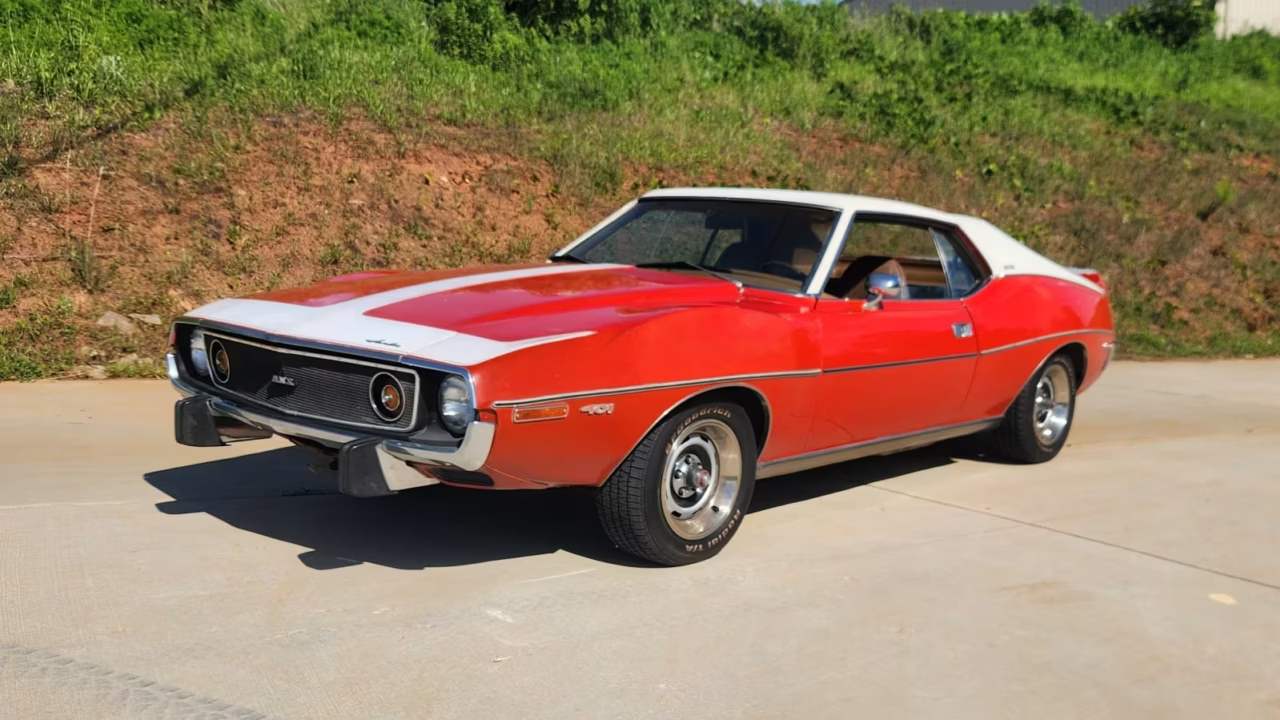
Seeing as most American cars were all show and no go in 1974, manufacturers tried to milk every drop from the once-iconic nameplates. As usual, AMC didn’t play the same game as Detroit’s Big Three and forged its own path.
While other manufacturers had mostly discontinued their big V8 units, AMC still sold the Javelin with a 401 engine pumping out 255 hp. It’s fair to say that it chugged gasoline like it was going out of fashion (which it kind of was), but AMC somehow sold 27,696 2nd-gen Javelins in its final year — a new record for that model.
1977 Pontiac Firebird Trans Am SE

Pontiac somehow managed to build two of its most iconic cars ever during the Malaise Era. We’ve already covered the ‘73 Trans Am SD-455, and then there’s this beauty, the ‘77 Trans Am SE.
Smokey And The Bandit, a cult-classic movie among gearheads, is perhaps the biggest reason why the 1977 Pontiac Firebird Trans Am was so successful. Decked out in black paint with gold details, the Special Edition is one of the coolest-looking American classics ever. It had an L78 400 V8 as standard, but the optional W72 400 was the engine to go for, as this 6.6-liter mill had higher compression and other parts that pushed it to 200 hp.
1977 Chevy Monza Mirage
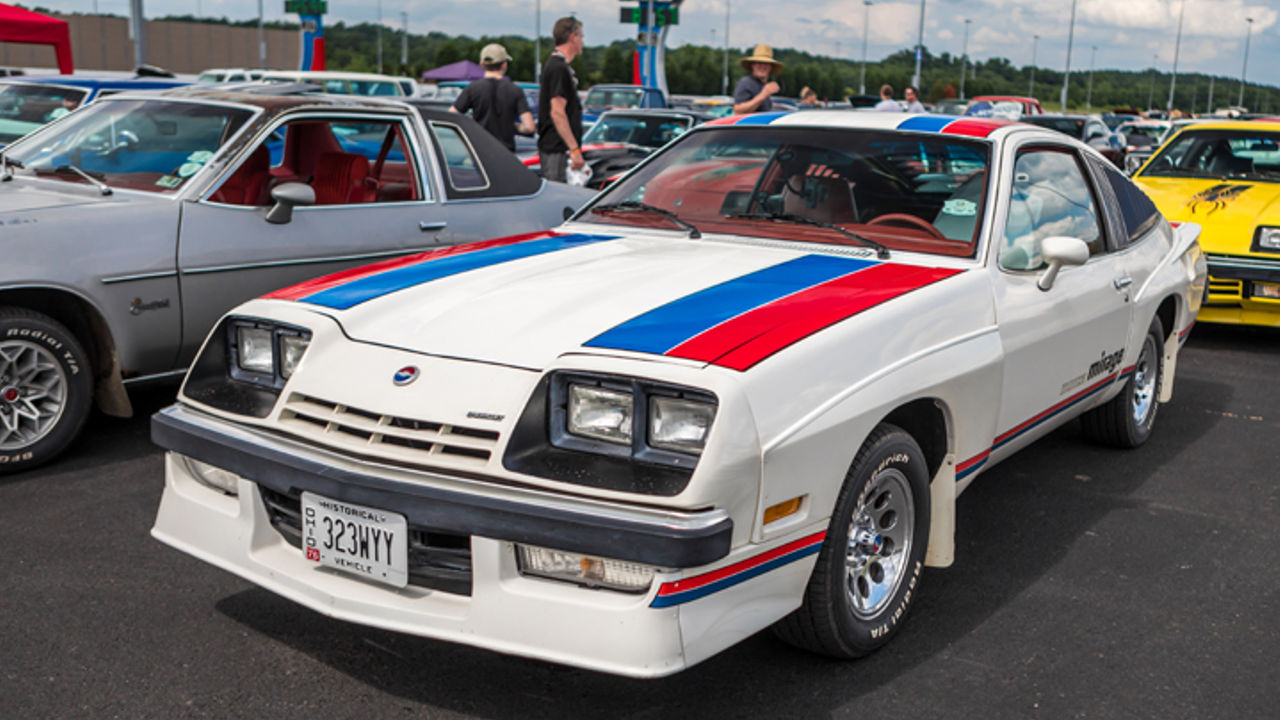
In 1975, Chevrolet introduced the Monza coupe, based on the Chevy Vega, as a smaller and more affordable alternative to the legendary Camaro.
A couple of years later, Michigan Automotive Techniques Corp. developed a package for the Monza consisting of widebody fender flares, spoilers, and racing stripes, turning the humble Monza into the head-turning Monza Mirage. It didn’t exactly have the punch to back up its looks, as the engine was a 145-hp V8, but at least it looked stunning.
1978 Mustang King Cobra
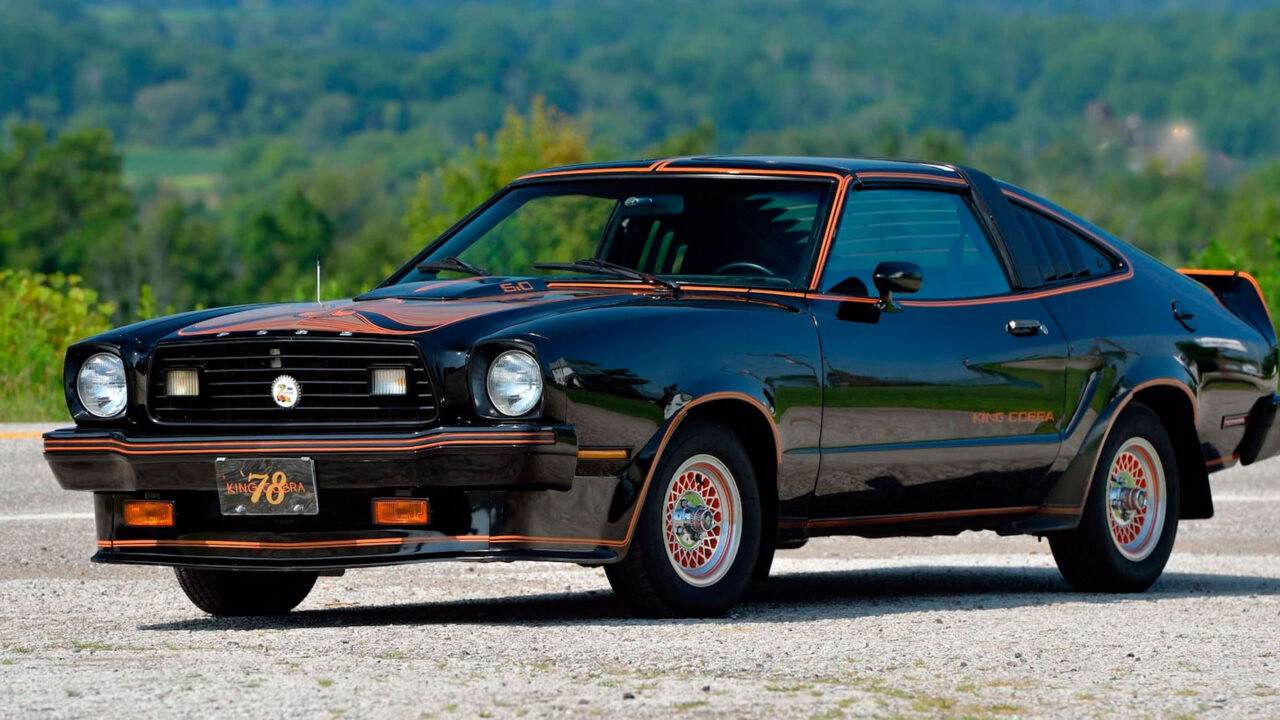
Unlike other classic Mustangs, the Mustang II isn’t what you’d call a sought-after classic. That said, it sold like hotcakes in the 1970s. Not because it was cool, but because it was cheap to buy and carefully sipped fuel. Ford wanted to sell even more Mustangs, so the King Cobra was created to help boost its market share.
The 1978 Mustang King Cobra certainly looked aggressive with its new chin spoiler and different wheels. There was also a large King Cobra decal on the hood, which was nothing but a blatant rip-off of the Trans Am’s screaming chicken. Its performance didn’t match its angry looks, though, as it only had a 139-hp 302 V8 under the hood.
1978 Dodge Lil’ Red Express
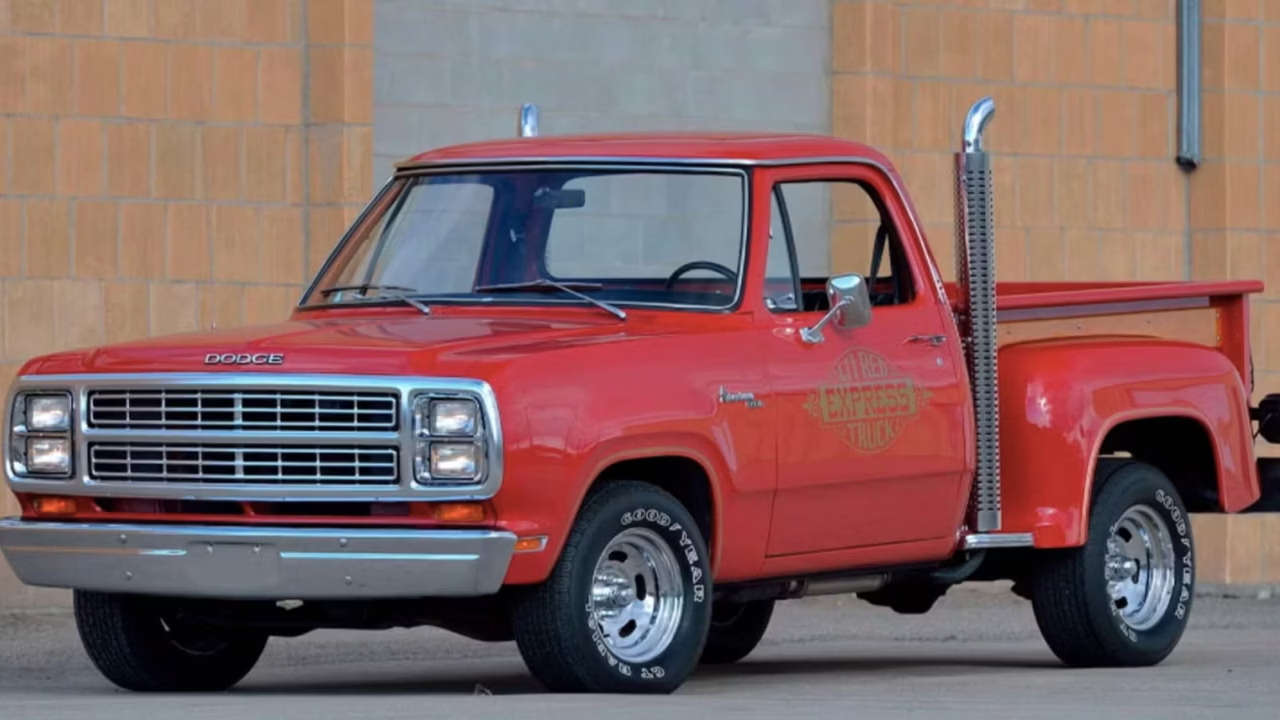
Since muscle cars were practically outlawed, Dodge had a stroke of genius and took advantage of a loophole to create a proper muscle truck instead.
As it turned out, pickup trucks didn’t need to adhere to the new emissions standards, so Dodge simply installed a 360 V8 generating 255 hp under the hood of its D-series truck. This creation, known as the Li’l Red Express, was the fastest American-made vehicle on the market in 1978, leaving Corvettes to eat its dust when the lights turned green.
1980 Chevrolet Camaro Z/28
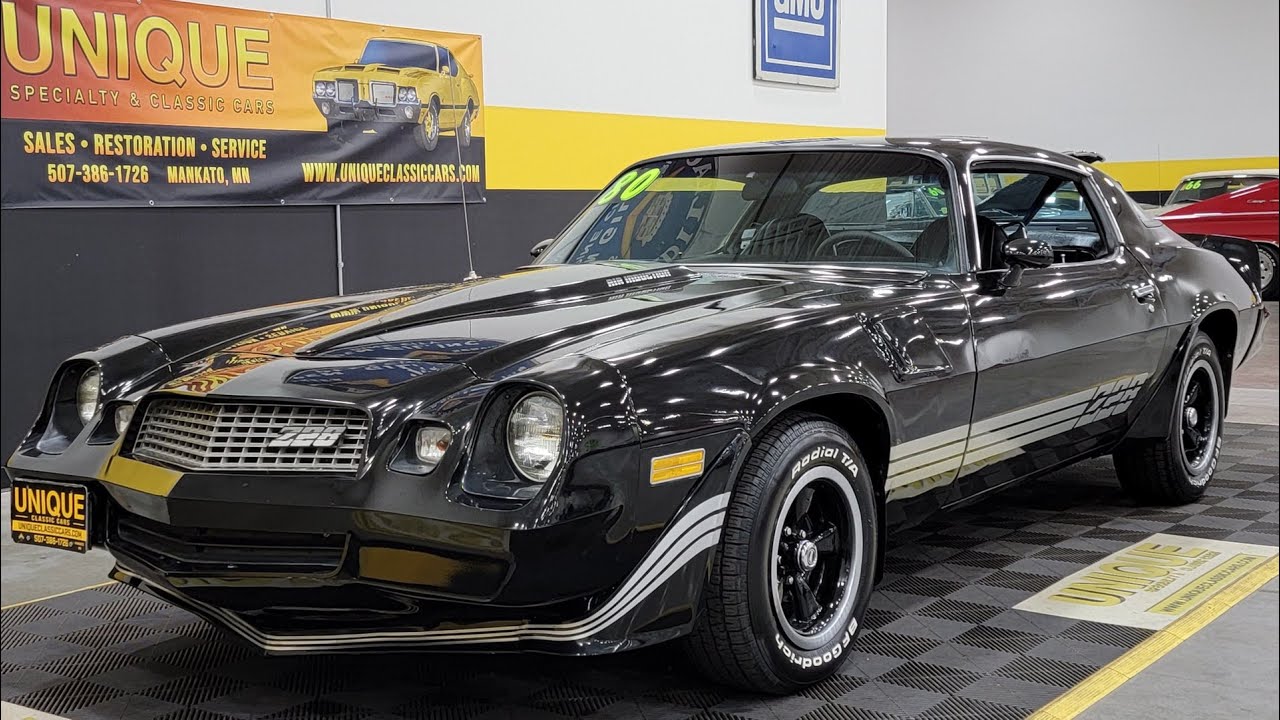
While Ford ditched the old Mustang in favor of the Mustang II, and Dodge scrapped the iconic Challenger, Chevrolet never gave up on the 2nd-gen Camaro, and it stuck around until 1981.
Even the Z/28 performance trim made it into the new decade, and with spoilers, racing stripes, and fancy wheels, it was as gorgeous as ever, although, it did lose some ponies along the way. In 1980, the Z/28 had a 165-hp 305 V8, and was even available with an optional 350 that pumped out a respectable 190 hp. The following year, the 350 only managed to churn out 175 horses.
1981 Chevrolet Yenko Turbo Z Camaro
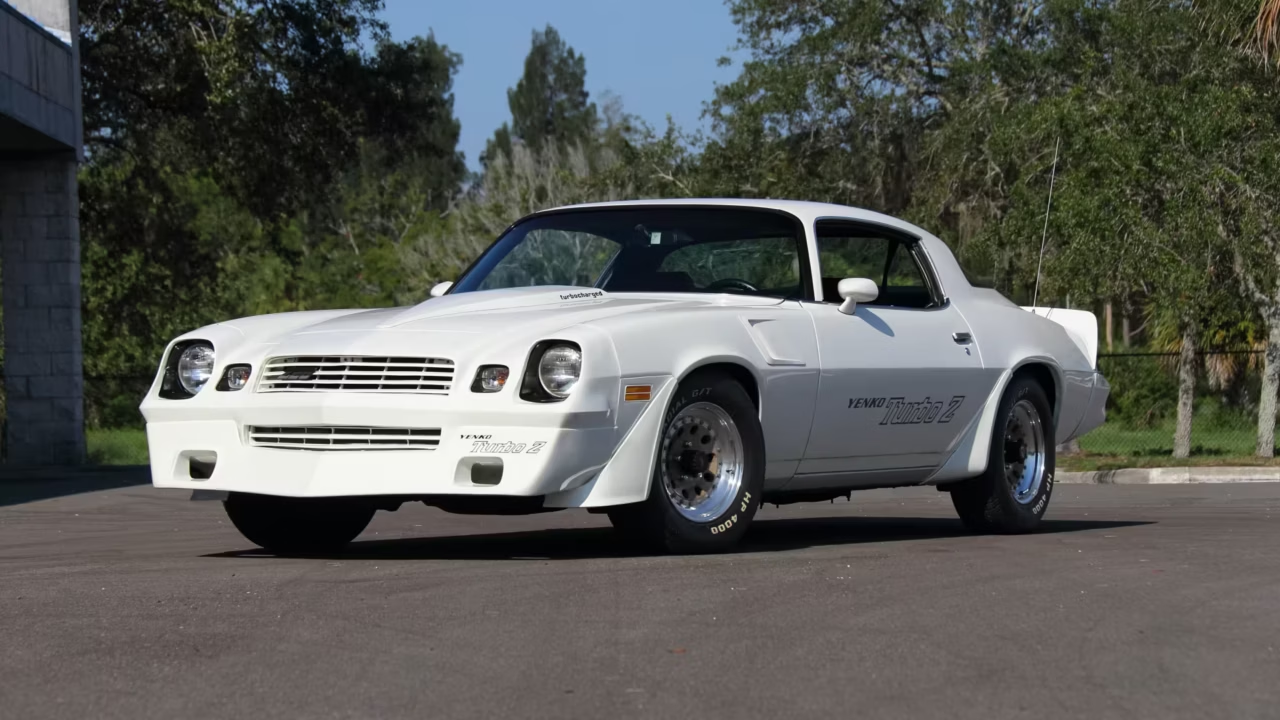
Don Yenko, a Chevy dealership owner and race car driver, was one of the first to see the Camaro’s true potential, and over the years, he developed some extra special Bow Tie pony cars.
In 1981, a total of 19 Yenko Camaro Turbo Zs were built. Sixteen of them were Stage 1-tuned cars, and the remaining three were Stage 2. Stage 1 cars produced an estimated 300 hp thanks to the turbocharged 350 V8. These cars had other upgrades, too, such as a functional hood scoop, 15-inch Turbo White Rally wheels, and a handful of aero parts.
1982 Ford Mustang GT
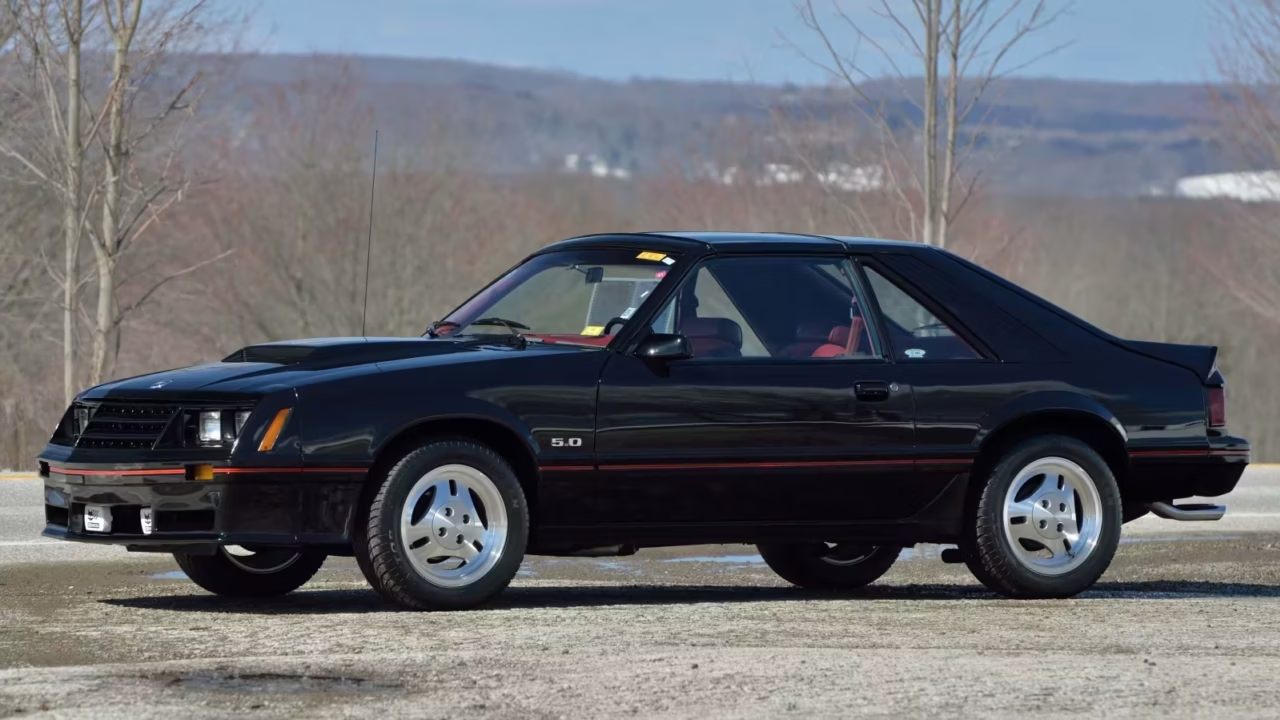
Thankfully, by the end of the 1970s, Ford scrapped the Pinto-based second-gen Mustang and introduced the now-iconic Fox Body ‘Stang. In its early days, it was still severely underpowered, but that gradually improved over the following years.
In 1982, Ford reintroduced the Mustang’s GT trim, and unlike the King Cobra package, the GT actually came with additional power. This new 5.0 generated 157 all-American ponies, and Ford was just getting started.
1983 Hurst Oldsmobile Cutlass
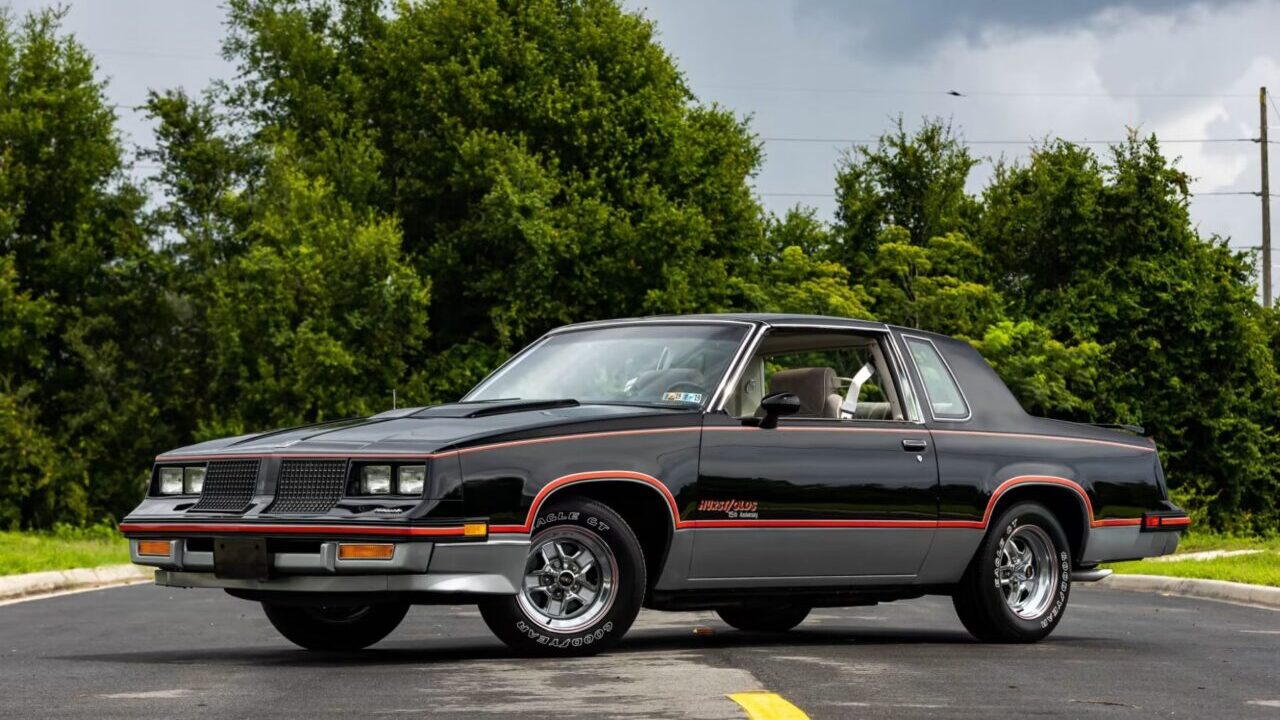
1983 marked the 15th anniversary of the original Hurst/Olds introduced in 1968, and Oldsmobile celebrated by launching an all-black 15th Anniversary Edition. It had a Hurst Lightning Rod floor shifter, 15-inch chrome wheels, silver rocker panels, a power bulge hood, and a rear spoiler.
It wasn’t all show and no go, either, as the ‘83 Hurst/Olds’ 307 V8 sent 180 wild stallions to the wheels via its unique transmission. The car proved to be such a popular option that the original plan to build 2,500 cars was scrapped, and 3,001 were sold in ‘83. Olds even brought it back in 1984 and found another 3,500 buyers.
